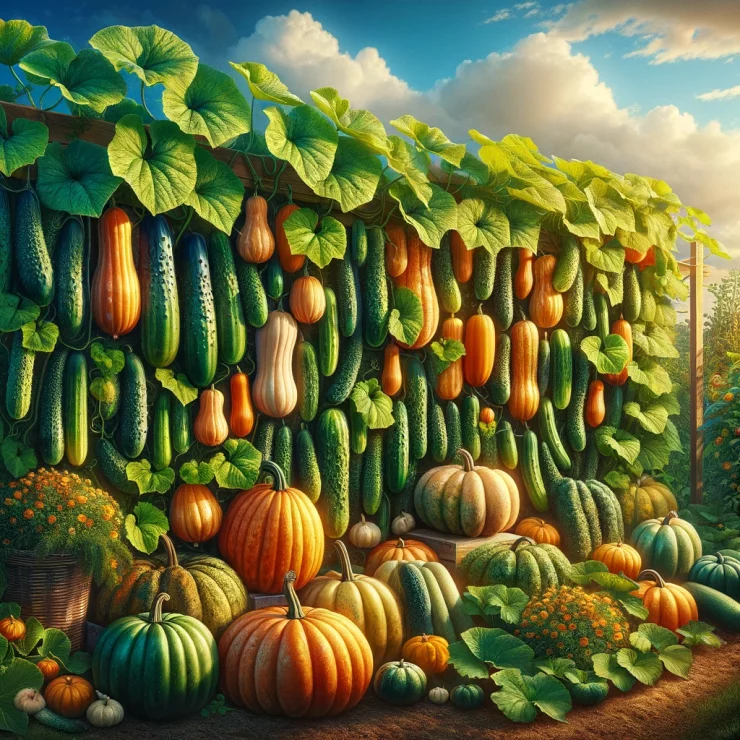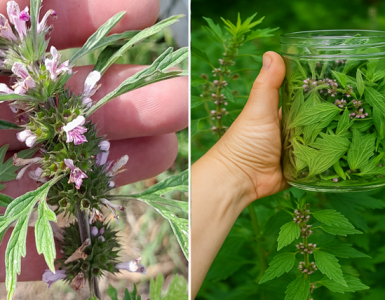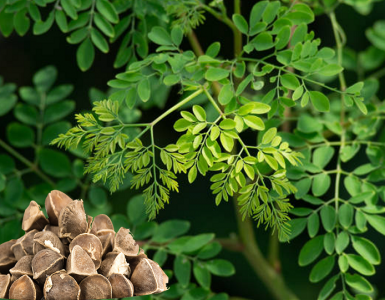In the realm of gardening, innovation is key. As urbanization continues to encroach upon traditional farmlands, the need for space-efficient gardening techniques becomes increasingly pressing. One such innovation that is gaining traction is the practice of growing cucumbers, pumpkins, and squashes vertically on trellises. This revolutionary approach not only maximizes space but also offers several other benefits that traditional ground-based cultivation cannot match.
Traditionally, cucumbers, pumpkins, and squashes are grown sprawling across the ground, requiring ample space and leading to issues such as weed infestation, pest attacks, and fruit rot. However, by utilizing trellises, these vining plants can be trained to grow upwards, making efficient use of vertical space and minimizing the aforementioned problems.
One of the primary advantages of growing cucumbers, pumpkins, and squashes on trellises is the significant space savings. In urban environments where garden space is limited, this vertical approach allows gardeners to cultivate these crops even in small backyard plots or on balconies. By going vertical, gardeners can expand their growing potential without encroaching on valuable living space.
Moreover, vertical gardening offers better air circulation and sunlight exposure, which are essential for the health and productivity of plants. When vines are trained to grow upwards on trellises, air can circulate more freely around the foliage, reducing the risk of diseases caused by stagnant air and promoting faster drying of leaves after rain or irrigation. Additionally, positioning plants vertically allows for more uniform exposure to sunlight, ensuring that all parts of the plant receive adequate light for photosynthesis and fruit development.
Another advantage of trellis-based cultivation is improved pest and disease management. By keeping the foliage off the ground, trellises help to deter ground-dwelling pests and reduce the risk of soil-borne diseases. Furthermore, the elevated position of the fruits makes them less accessible to ground-dwelling pests such as slugs and snails, resulting in fewer instances of damage to the harvest.
In addition to these practical benefits, growing cucumbers, pumpkins, and squashes on trellises can also enhance the aesthetic appeal of the garden. The vertical growth habit creates a visually striking display, with lush foliage and colorful fruits cascading down the trellis. With careful planning and selection of trellis designs, gardeners can create beautiful and functional living walls that serve as focal points in outdoor spaces.
When it comes to trellis designs for growing cucumbers, pumpkins, and squashes, the options are virtually endless. From simple wooden structures to elaborate metal frameworks, there are numerous designs that cater to different preferences and space constraints. Some gardeners opt for traditional A-frame trellises, while others choose to repurpose existing structures such as fences or pergolas. Whichever design is chosen, the key is to ensure that it provides adequate support for the weight of the vines and fruits and allows for easy access for maintenance tasks such as pruning and harvesting.
The practice of growing cucumbers, pumpkins, and squashes on trellises represents a revolutionary approach to urban gardening. By harnessing the power of vertical space, gardeners can overcome the limitations of traditional ground-based cultivation and enjoy a host of benefits including space savings, improved air circulation and sunlight exposure, and enhanced pest and disease management. With the right trellis design and proper care, vertical gardening offers a sustainable and visually stunning solution for growing these beloved crops in any outdoor setting.




















Add comment